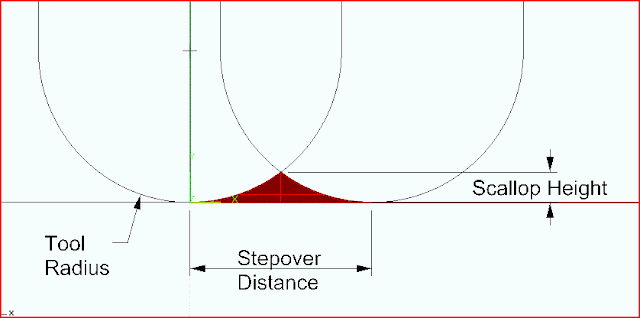3D milling aluminium and stainless steel
This weekend i held courses in Fusion 360 at Bitraf. We started of with a course aimed for people without any 3D modelling experience on friday, then went trough some of the more advanced functions on saturday, before moving on to the CAM function and 3D printing on sunday.
On saturday i lectured about assembly in fusion, and the difference between bodies and components, and how to structure the file when building an assembly with moving parts. The case for this weekend was this machinist vise, as we then could use the model when we were milling on sunday.
After modelling the vise, we modelled a test case, 60x60x100 with some random topografy for testing out Fusion CAM's adaptive clearing. As we now had a 3D model of the vise, we could now easly activate collision detection, aswell as grabbing the necesary geometry for mounting the vise to our machine.
As this weekends goal was to experiment with 3D milling, we also tried some different finishing strategies. For aluminium, what worked best where a 6mm singleflute ballmill. Above is a rendered image of the vice, with the finishing toolpath projected on to it using gimp.
This is the toolpath for the steel block. The model was produced by warping a hexagon along an the center axis. As the material was stainless steel, the stepdown was kept low at 0.2mm, but the feedrate high at 1600 mm/min.
The three samples sitting at my desk after a long weekend. i have now aquired the knowledge needed for producing my first injection mold.
On saturday i lectured about assembly in fusion, and the difference between bodies and components, and how to structure the file when building an assembly with moving parts. The case for this weekend was this machinist vise, as we then could use the model when we were milling on sunday.
After modelling the vise, we modelled a test case, 60x60x100 with some random topografy for testing out Fusion CAM's adaptive clearing. As we now had a 3D model of the vise, we could now easly activate collision detection, aswell as grabbing the necesary geometry for mounting the vise to our machine.
As this weekends goal was to experiment with 3D milling, we also tried some different finishing strategies. For aluminium, what worked best where a 6mm singleflute ballmill. Above is a rendered image of the vice, with the finishing toolpath projected on to it using gimp.
The machining process leaves a mess, but since i where using adaptive clearing, it's a uniform mess. All the chips are uniform, since the tool cut the material with a constant load.
I did several tests with different stepdown and stepover. For each test, i let one side be finished, while the other side still had the surface from the roughing pass.
I also machined a 50x50x50 block of stainless steel, this was the result:
This is the toolpath for the steel block. The model was produced by warping a hexagon along an the center axis. As the material was stainless steel, the stepdown was kept low at 0.2mm, but the feedrate high at 1600 mm/min.
The three samples sitting at my desk after a long weekend. i have now aquired the knowledge needed for producing my first injection mold.









Kommentarer
Legg inn en kommentar